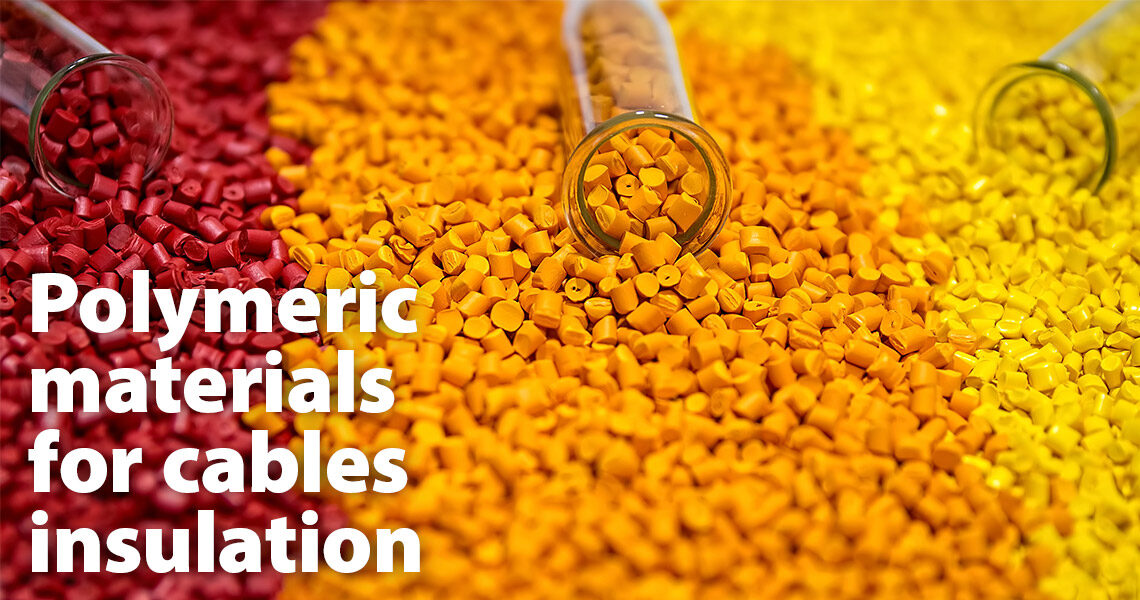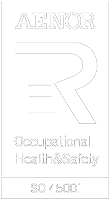- Family: Thermoplastic
- Use: Insulation and Sheathing
General characteristics
Nylon is a generic designation for a family of polymers made up of polyamide monomers, initially developed in the 1930s. It is a smooth silk like thermoplastic, generally derived from oil. It can be melt-processed into fibre, film, extrudate or mouldings. Nylon polymers can be mixed with a wide variety of additives to achieve different property variations and have found significant commercial applications in fabrics and fibres, moulded nylon parts for cars, electrical equipment, etc., and films primarily for packaging. It has limited applications in cable manufacture.
Processing
Nylon compounds are generally produced by specialist manufacturers and extruded as cable using standard plastic extruders and processing lines.
Uses of material/Cable types
The electrical properties of nylon are not as high as other recognized insulations but are satisfactory for some low-voltage applications. Because nylon is tough and has high mechanical properties, especially resistance to abrasion, the main application is as a high-strength abrasion-resistant coating over less robust insulations such as Polyethylene and PVC panel wires as well as BT drop wires.
Nylon is flammable and does not have a particularly high operating temperature. It is, however, resistant to oils, alkalis and a wide range of organic solvents but only moderate resistance to acids. A slight tendency to absorb water restricts its use in power cables, it is now used in conjunction with a layer of PE bonded to a heat-sealed aluminium/polymer tape as part of an oil and chemical barrier to replace lead sheaths in cables employed in the petrochemical industry
It also finds use as aircraft wiring, Nyvin cables and similar, for the same reasons to improve the wire’s resistance to abrasion and aircraft fuels.
Nylon cords are also used as high-strength ripcords and as reinforcing braids in the sheath of cables for arduous applications.
Standards
- BSG 177
- BT Specifications
List of Polymeric materials for cables used:
- Chlorinated Polyethylene – CPE
- Chloro Sulphonated Polyethylene – CSP
- Crossed Linked Polyethylene – XLPE
- Ethylene Propylene Rubber – EPR and EPDM
- Fire performance Silicone Rubber
- General Purpose Silicone Rubber
- LSZH Cross linked
- LSZH Thermoplastic
- Nylon
- Polyethylene
- Polyethylene – PE
- Polyvinyl Chloride – PVC Insulation
- Polyvinyl Chloride (PVC) Sheath
- PVC Nitrile










